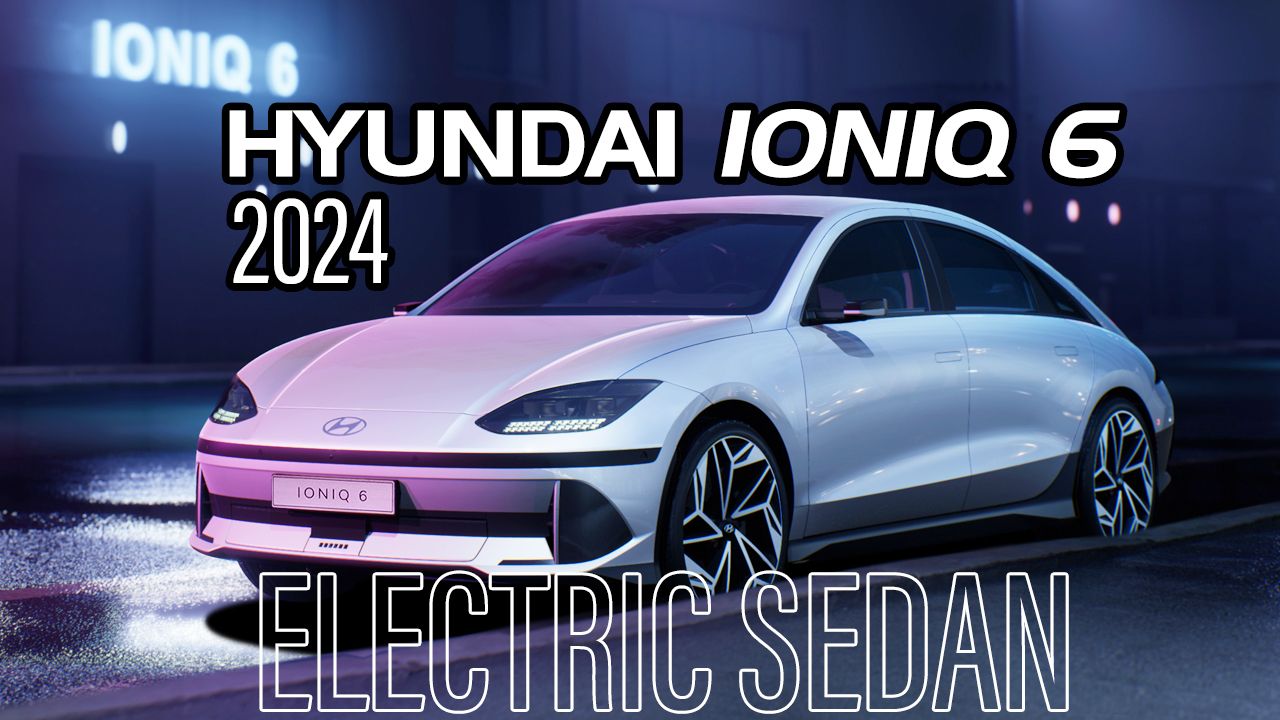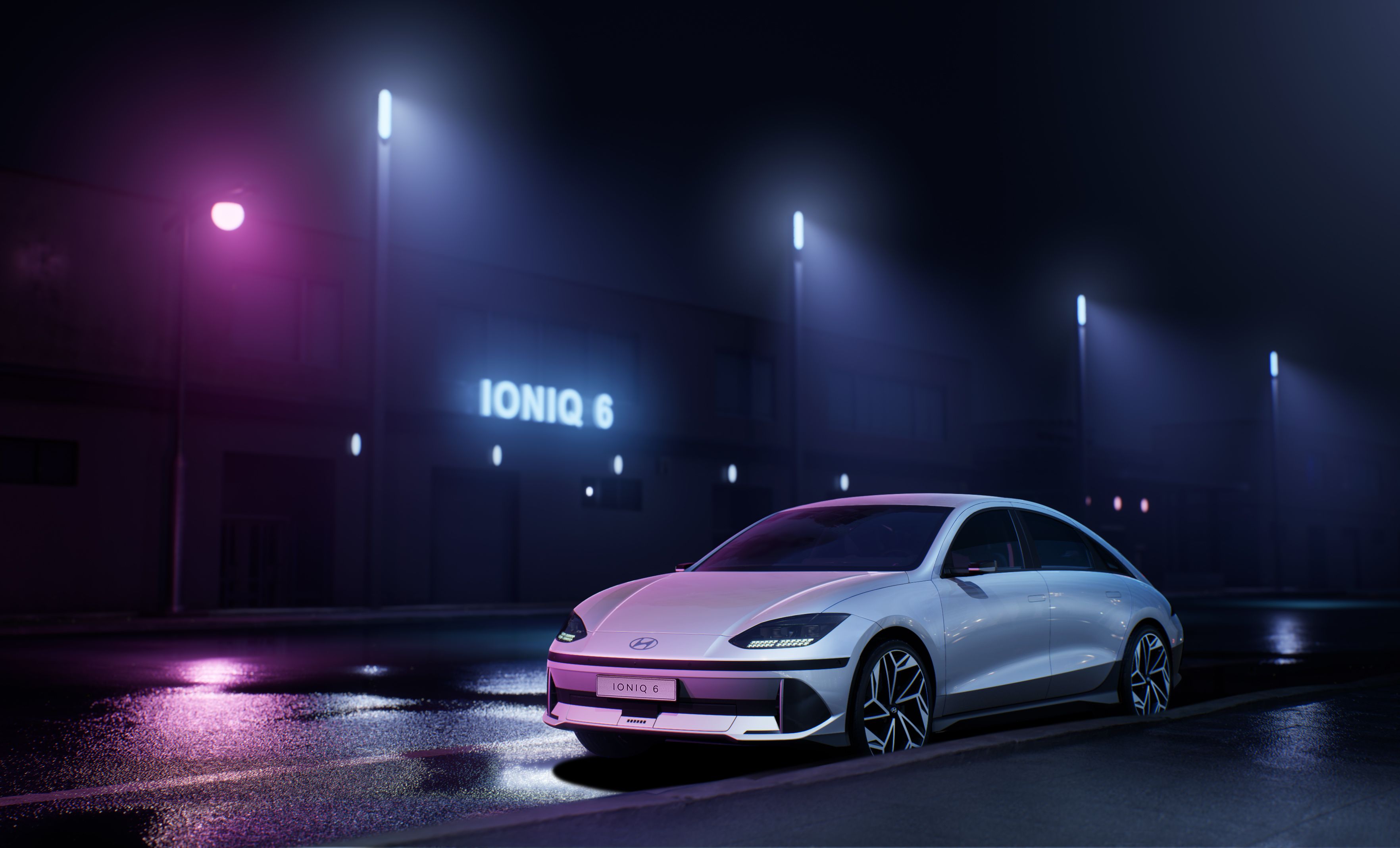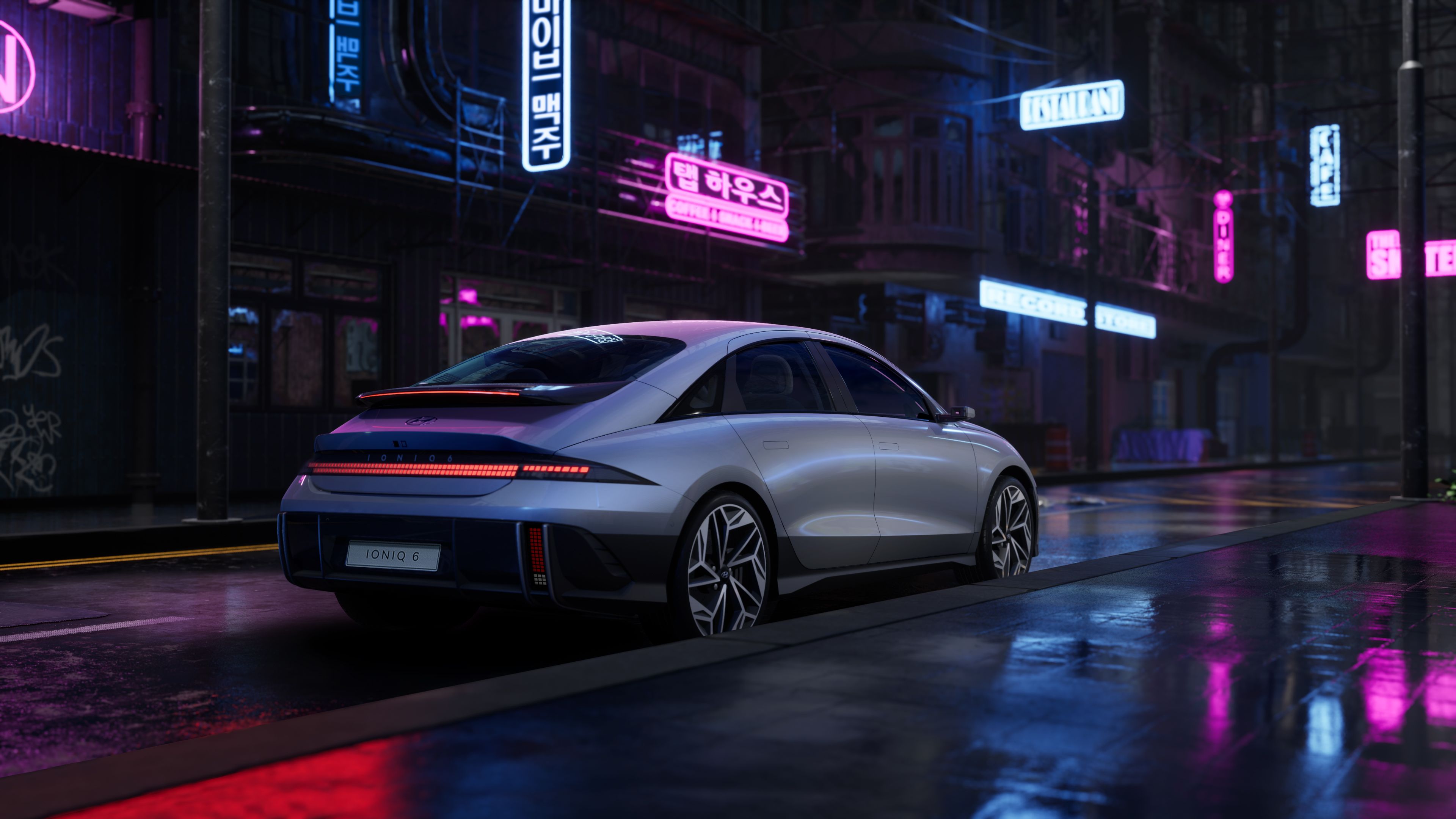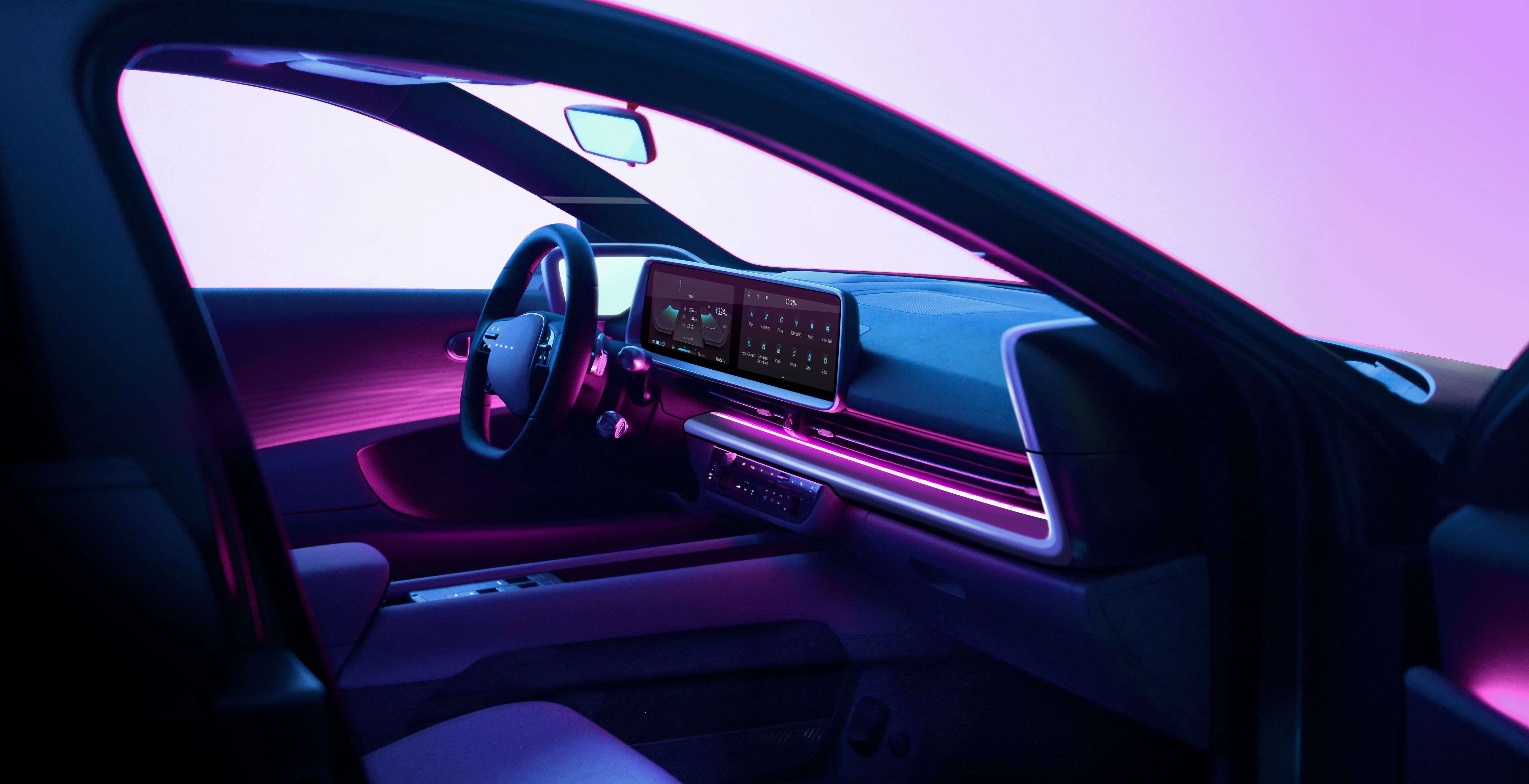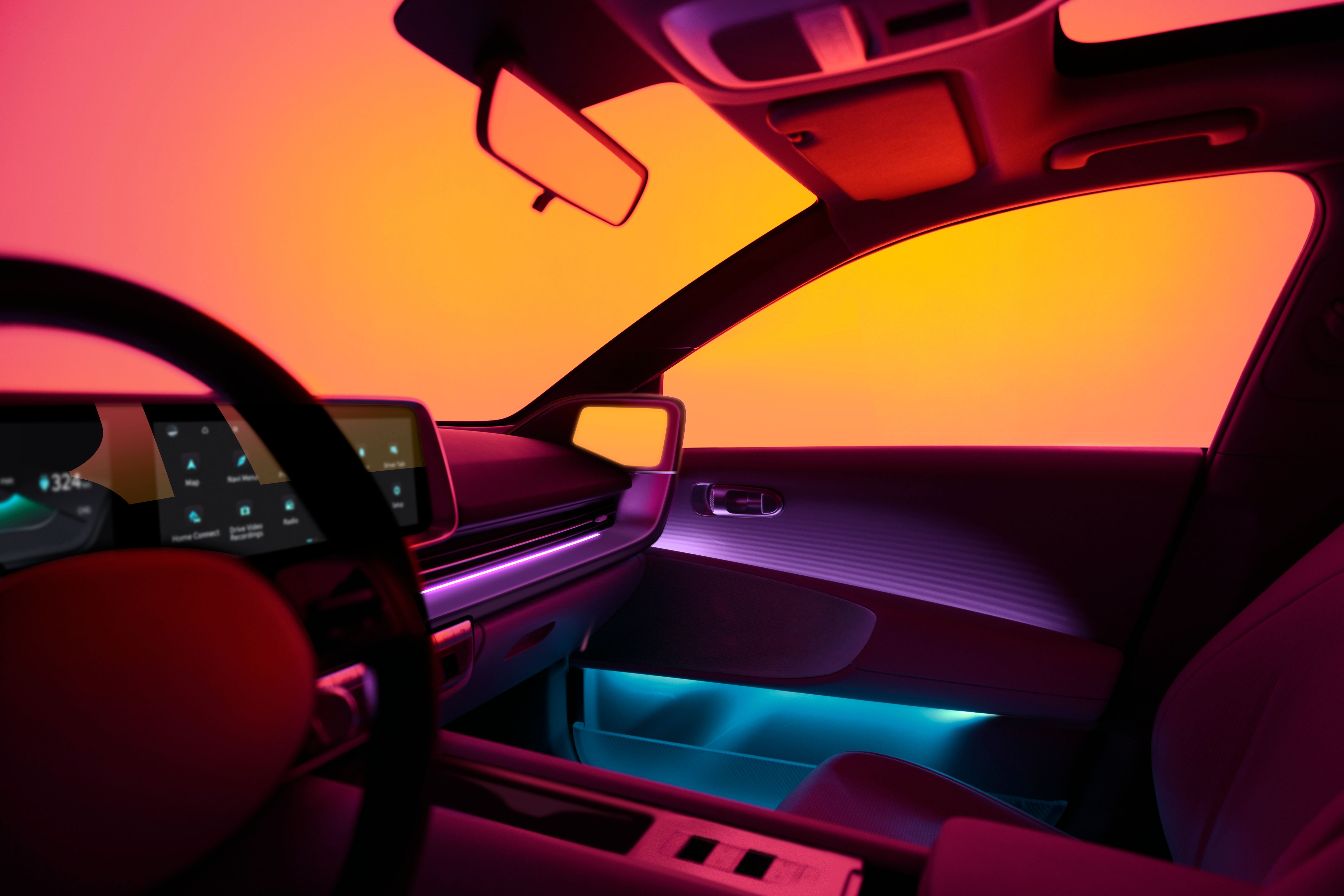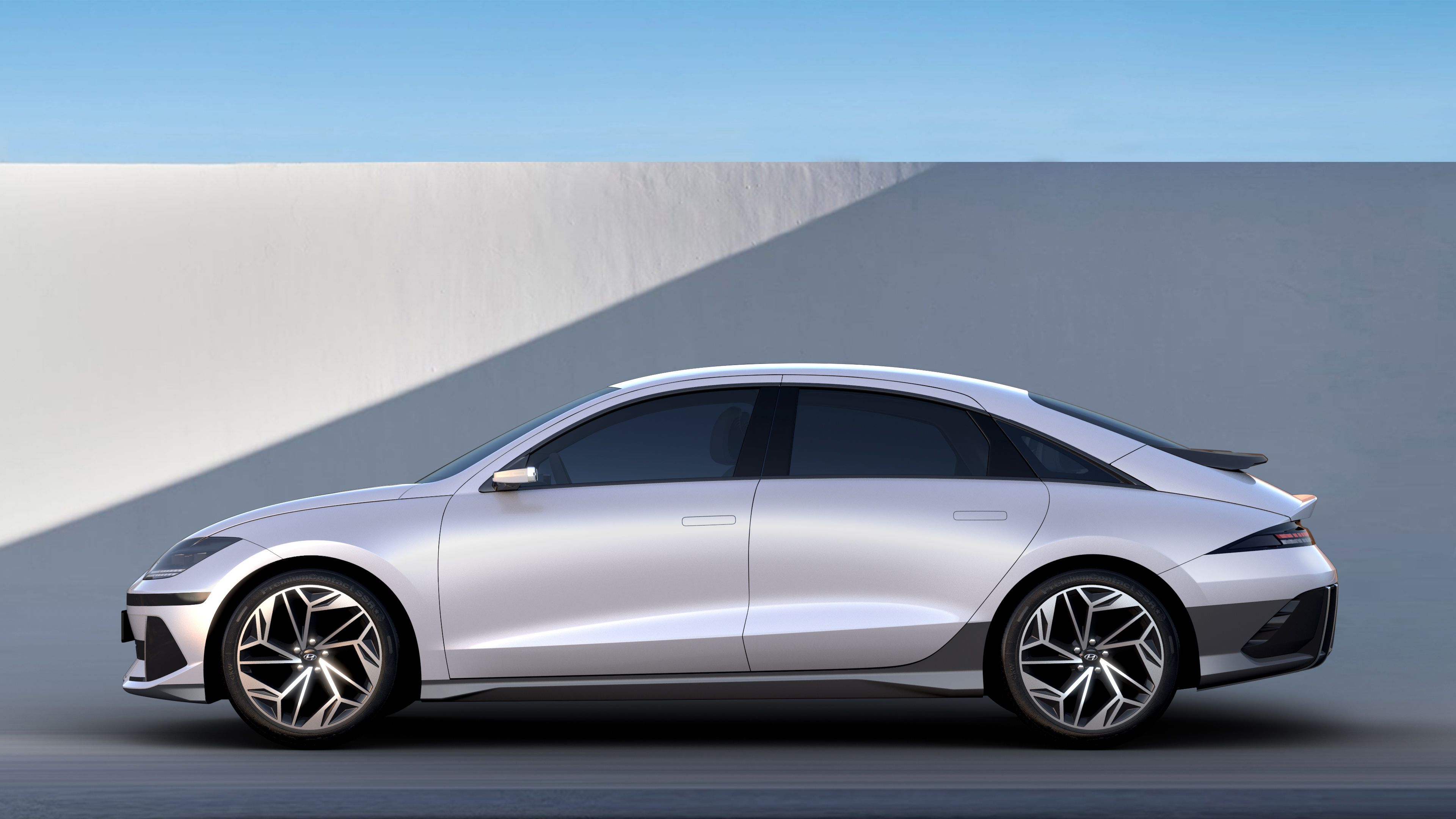Hyundai Motor Group is currently going on an electric vehicle (EV) offensive at the moment. Churning out hit after hit with the Ioniq 5 and its Kia sibling, the EV6, as well as the new Niro EV, the South Korean automotive group isn't yet resting on its laurels. This is the 2024 Hyundai Ioniq 6, which is the second EV in the brand's Ioniq sub-brand and the first electric sedan in the group's stable. Therefore, expect Kia to give birth to an electric sedan in the coming months as well.
The most striking aspect of the Hyundai Ioniq 6 is its design. Heavily inspired by the Prophecy concept that debuted in 2020 as well as streamliners from the 1930s, the Ioniq 6 is an electric sedan with very swoopy styling. Of course, in its transition towards mass production, a number of the Prophecy's design details have been toned down. SangYup Lee, Executive Vice President and Head of Hyundai Design Center says:
Hyundai wanted to create a common design language across its Ioniq range, but without creating the risk of Matroshka doll styling--wherein the model range becomes merely a smaller or larger version of each other. In the case of the Ioniq 6, the clean front end is characterized by LED headlights that are located at the raised sides of the hood. The LED daytime running lights feature a pixel pattern that's similar to the Ioniq 5, while the black strip on its fascia is where the sensors are placed.
At its side, this is where its sloping roofline is very evident, and it flows towards the rear end in a single stroke. The full-width Parametric Pixel LED taillights are also similar to that of the Ioniq 5’s, while its integrated twin rear spoilers also serve an aerodynamic purpose. Lower down its rear fascia is a pair of vertically-stacked LED rear foglights and a black rear diffuser. The sloping rear end and wide shoulders give the Ioniq 6 a very sporty stance when viewed from the rear, and it's arguably the car's best angle.
Moving towards the interior, you'll see the Ioniq 6's numerous quirky design cues. The doors for instance do not house any buttons, as the window controls have been moved towards the center console. As a result, the armrests have become large storage areas.
Another striking design detail is its dash, wherein the edges kick upwards as this houses the screens for the digital wing mirrors. This will be interesting in certain markets since some countries do not yet allow automakers to replace side mirrors with cameras, the United States included. There are also two 12-inch screens that's surrounded by a silver frame, while the ambient lighting with 64 colors and 6 two-tone schemes are there to set the interior mood.
Unfortunately, Hyundai only previewed the Ioniq 6's design, and no technical details were revealed yet. What we do know is that this car rides on the E-GMP platform which also underpins the Ioniq 5 and Kia EV6. Powertrain options, in this case, could include various single- and dual-motor setups that range from 225 hp to 325 hp, though Hyundai at least did confirm that the biggest battery size to be offered is 77.4 kWh, which is in line with the Ioniq 5.
Since the Ioniq 6 is a sedan with a significantly lower drag coefficient of 0.21 Cd versus 0.288 in the Ioniq 5, the Ioniq 6 will definitely offer more than the EPA-rated 303 miles of its crossover sibling.
The 2024 Hyundai Ioniq 6 will be fully revealed in the coming months, with more details to be announced by then.

